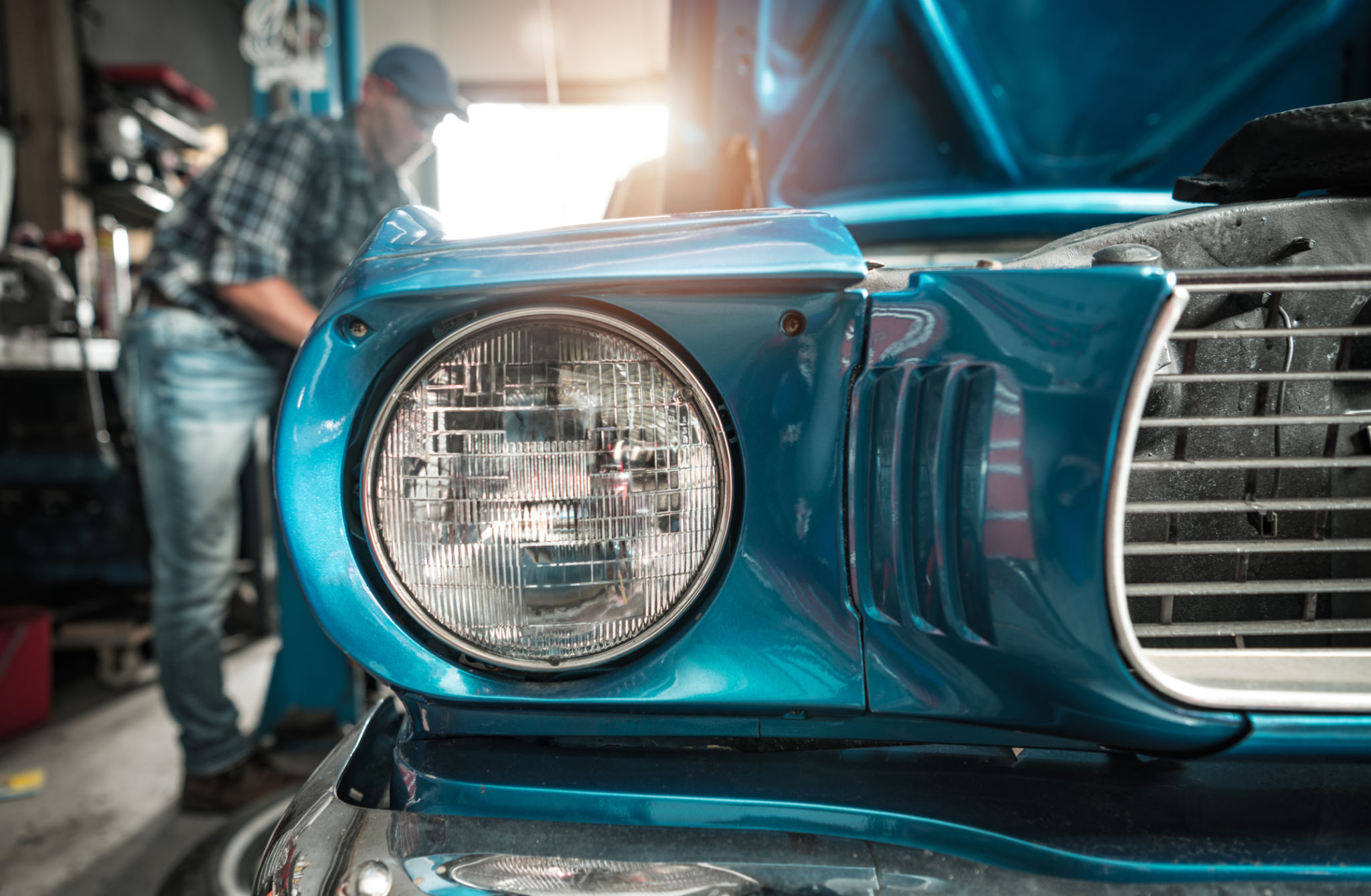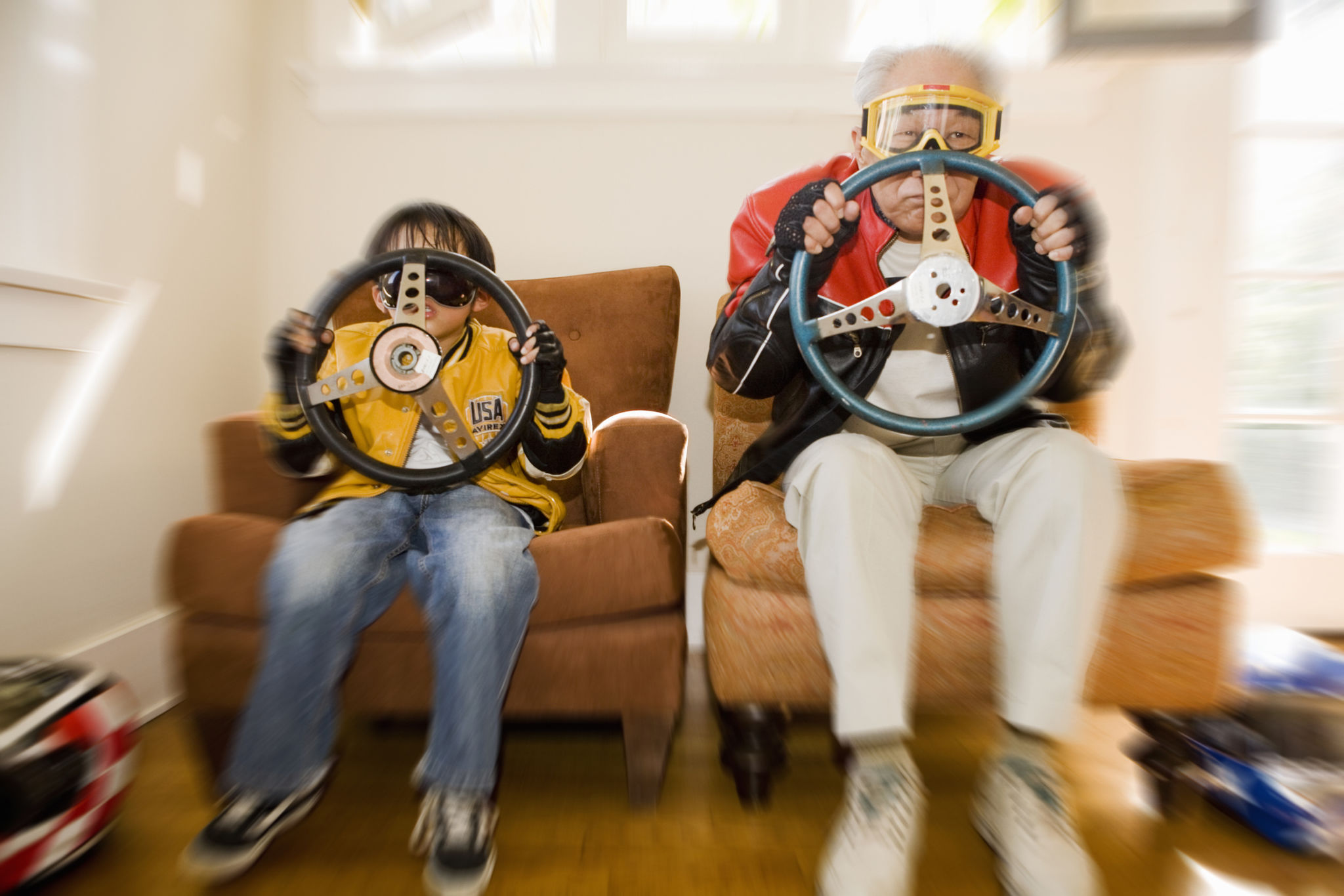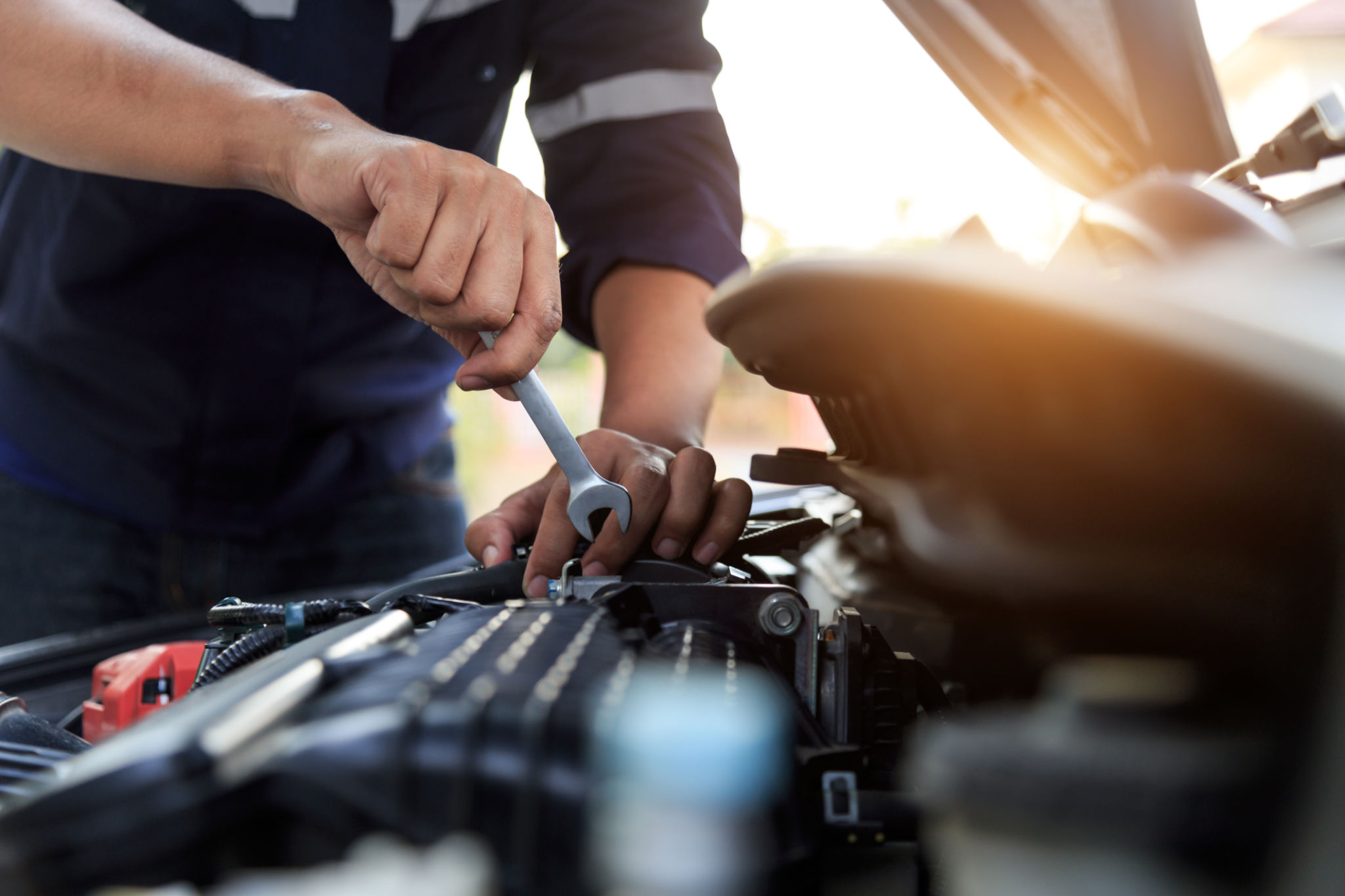Debunking Myths About Classic Car Restoration
Introduction to Classic Car Restoration Myths
Classic car restoration is a passion for many enthusiasts who appreciate the history and craftsmanship of vintage vehicles. However, there are several myths surrounding this hobby that can deter potential restorers or mislead them about what's involved. In this blog post, we'll explore and debunk some of the most common myths associated with classic car restoration.

Myth 1: Only Experts Can Restore Classic Cars
One of the prevailing myths is that classic car restoration is a task only for seasoned experts. While having experience and knowledge can certainly help, it's not a requirement. Many people start with little to no experience and learn along the way. There are plenty of resources available, such as online forums, restoration workshops, and how-to guides, that can assist beginners in their journey.
In addition, joining a local classic car club can provide valuable mentorship and support from fellow enthusiasts. Restoration is a skill that improves with practice, and having a community can make the learning curve more manageable.
Myth 2: Restoration is Always Expensive
Another common myth is that restoring a classic car is prohibitively expensive. While costs can add up depending on the state of the vehicle and the extent of the restoration, there are ways to manage expenses. Setting a budget and prioritizing repairs can keep costs in check. Additionally, sourcing parts from reputable suppliers or even finding used parts in good condition can save money.

Many restorers also undertake tasks like painting or upholstery themselves to cut costs further. It's all about balancing quality and budget to achieve the desired results.
Myth 3: Original Parts are Always Necessary
Some purists believe that only original parts should be used for a restoration to be considered authentic. However, this isn't always feasible or necessary. Original parts can be scarce, expensive, or even impossible to find for certain models. Instead, quality reproduction parts are often a practical alternative that allows restorers to maintain the car's integrity without breaking the bank.
Choosing between original and reproduction parts depends on personal preference, budget, and the intended use of the vehicle post-restoration.

Myth 4: Restored Cars Are Meant for Display Only
While some restored classic cars do end up as showpieces in collections or museums, many are driven regularly by their owners. The belief that restored cars can't be driven is outdated. Modern restoration techniques often enhance a vehicle's reliability and performance, making them suitable for regular use.
Driving a restored classic car can be one of the most rewarding aspects of the hobby, allowing owners to enjoy the fruits of their labor while sharing a piece of history on the open road.
Conclusion: Embrace the Journey
Classic car restoration is a fulfilling endeavor that allows enthusiasts to engage with automotive history while expressing their creativity and skill. By debunking these myths, we hope to encourage more people to explore this fascinating hobby. Whether you're an expert or a novice, classic car restoration offers something for everyone willing to embark on this exciting journey.
